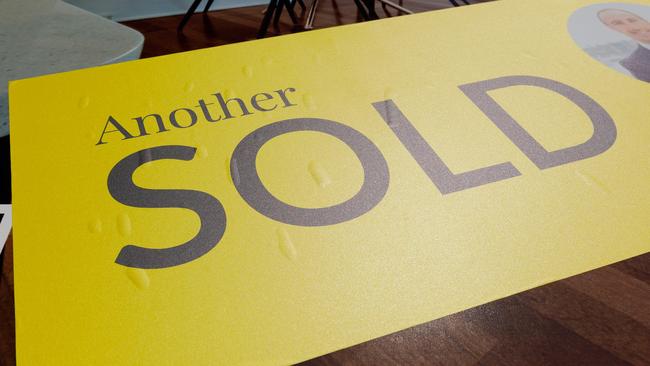Super better placed in housing than fund: report
First-home buyers who use a chunk of their superannuation to purchase property could prove to be financially better off at retirement than those who banked their money, new figures have shown.

First-home buyers who use a chunk of their superannuation to purchase property could prove to be financially better off at retirement than those who banked their money, new figures have shown.
Modelling presented to the parliamentary committee analysing existing and proposed superannuation policies relating to home ownership predicts a young person who accesses some or all of their super for a deposit can get ahead by as much as $80,000 at retirement.
The figures, devised by actuaries Michael Rice and Jonathan Ng, showed that a 35-year-old who withdrew a 20 per cent deposit to buy an $800,000 unit – equivalent to $160,000 – would have an apartment worth $1.2m 30 years later.
That same money would only appreciate by $319,000 if left in super.
The committee chairman, Liberal senator and home ownership spokesman Andrew Bragg, has previously proposed borrowers should be able to raid their retirement savings to get on to the property ladder after 13 interest rates failed to dampen ever-rising home prices.
It is a rejig of a policy proposed by the Morrison government during the final stretch of the 2022 federal election, which would have allowed first-home buyers to access 40 per cent of their super up to the amount of $50,000.
The Super for Housing Interim Report proposed the caps should be upped to $100,000, $150,000 or that limits be removed altogether.
It also said it had been made clear to the committee that a secure retirement depended heavily on home ownership status, not super balance.
Other ideas recommended in the report were the use of superannuation as collateral on a home purchase and that the longstanding First Home Super Saver Scheme – which allows voluntary contributions taxed at a lower rate to be withdrawn – be expanded and simplified
The average superannuation balance for a man aged 35 to 39 sits at $64,590, while women typically will have significantly less, at $48,874.
The findings of the committee are at odds with a report from the Association of Superannuation Funds of Australia, which found early access to super for home purchases would largely help those who could already afford property, and would drive up housing prices overall by increasing demand.
Property prices have soared 40 per cent on average over the past four years, with the median Australian home now costing $774,000.
Those in capital cities are now paying $840,000, with Sydneysiders facing a median price of $1.081m.
The cheaper end of the housing market has driven recent growth, with Australian Bureau of Statistics data showing first-home buyers are more active than they were at the same time last year.






To join the conversation, please log in. Don't have an account? Register
Join the conversation, you are commenting as Logout